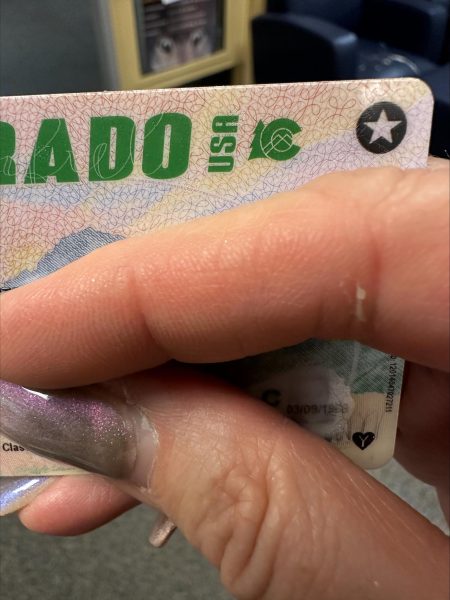10 Easy Ways to Be More Environmentally Friendly
Did you know that an estimated 18 billion tons of plastic waste ends up in the world’s oceans? Or the fact that Antarctica’s glaciers are pouring more than 200 billion tons of ice into the ocean annually? How about that humans cut down approximately 15.3 billion trees each year?
Although these facts are incredibly shocking and quite unsettling to hear, by now they have become repetitive. Humans are constantly being informed about the issues involving our planet. But why is it that we have done so little to help?
Saving the Earth sounds like a long, difficult process. However, it is much simpler than most people believe it to be.
Here are ten easy ways that humans can contribute to being more environmentally friendly.
- Use energy efficient lights: Using energy efficient light bulbs is a great way to reduce not only the amount of power you use but also the amount of light pollution added to the atmosphere.
- Recycle: Make sure you are recycling your glass, aluminum, paper, old newspapers, and cell phones. Un-recycled glass can take up to a million years to decompose. By recycling, we can reduce water pollution by up to fifty percent and air pollution by up to twenty percent. Even if you recycle your old newspapers once per week, half a million trees could be saved. Humans improperly dispose of around 130 million cell phones each year, which can allow toxins from the battery to leak into the soil and pollute the ground. We are able to make twenty recycled cans with the same amount of energy it takes to make just one new one and every ton of glass that is recycled saves nine gallons of the oil used for fuel to produce new glass.
- Lessen water consumption: The average person uses around 80-100 gallons of water per day. Take a shower instead of a bath to save around half of that water, turn the tap off while brushing your teeth and save five gallons of water per day, shorten your shower time by just two minutes to save more than ten gallons of water.
- Drive less: Exhaust from automobiles comprises about 75% of carbon monoxide pollution in the United States alone. Although cars are convenient, try public transportation such as a bus system, biking, or simply carpooling with someone else. If your car has cruise control, use it! This will improve your mileage at least by 15%, which will benefit the environment in the process.
- Thrift: Thrifting is a fun and affordable way to look stylish while also saving the earth. It not only saves you money but also helps to reduce packaging materials.
- No more plastic: Plastic bags and straws are not biodegradable or recyclable. These materials sit in landfills where they often end up polluting the ocean and enter food sources. Straws are currently the 8th most found ocean trash in cleanups by quantity. To reduce this number, use reusable bags and metal/bamboo/paper straws.
- Buy local: Instead of purchasing goods from large corporations, buy from local companies. This saves all the pollution acquired by transporting goods long distances and it supports small businesses near you.
- Turn off the lights when you’re not in the room: Save energy and money by getting into the habit of switching off the lights when you leave the room. This will help reduce the amount of power and electricity used by your household.
- Vegetarian day: Try to have one meat-free day a week. According to 50 Ways to Help, It takes 2,500 gallons of water to produce a single pound of beef. And each hamburger that comes from animals on ex-forestry ground is responsible for the destruction of fifty-five square feet of forest.
- Share the knowledge: We are fortunate enough to have social media and the internet at the tips of our fingers. A simple repost, shared website link, or even talking about solutions with your community could benefit the Earth so much. Let’s work together to raise awareness about these ongoing issues and save our beautiful planet.

Annabel Lasher is a senior at Rocky Mountain High School. She enjoys swimming, drinking coffee and hanging out with friends. In her free time, she enjoys...










Karina Benjamin • May 2, 2019 at 9:34 am
Thank you for the great suggestions! It’s crazy how doing something as simple as leaving the tap running uses up so much water.
Emma Mackey • May 2, 2019 at 9:24 am
This is so cool, there was a lot of information that I hadn’t heard before, I didn’t know that 75% of carbon emissions are from cars! These are great suggestions that I’ll definitely be using.
Torie Wolf • May 2, 2019 at 9:21 am
I think that it is crazy that it takes 2,500 gallons of water to produce a single pound of beef. And its even crazier that each hamburger that comes from animals on ex-forestry ground is responsible for the destruction of fifty-five square feet of forest.